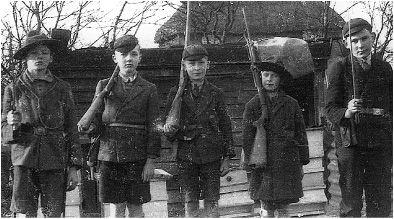
Me and my ‘Lads Army’. I am the first from the left holding a French bayonet. The villagers gave me the nickname ‘Ero’.
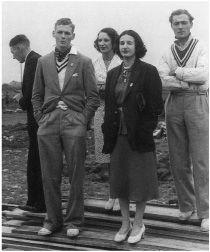
Hands in pockets with friends at Butlin’s Holiday Camp Skegness, late 1930s.

My father George enjoying a day by the sea.
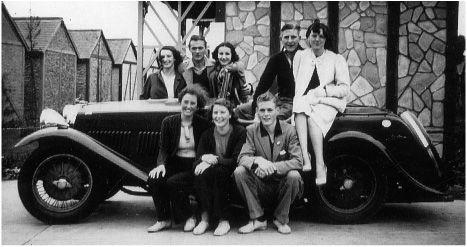
Sitting on the running board of my Wolsey Hornet Trinity at Butlin’s, late 1930s.
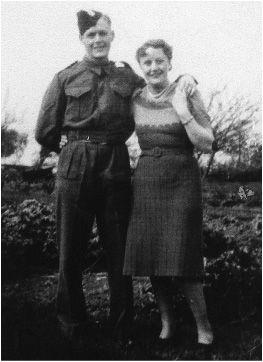
My sister Winifred and I during my brief embarkation leave prior to leaving for Egypt in August, 1940.

During training at Winchester, 1939-40. I am on the left.
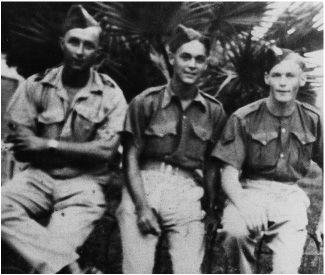
Myself (right) with Charles Calistan (centre) and Cecil Plummer (left) relaxing in Cairo before going to the desert, 1940. Charles and I had friendly boxing matches. He was an Anglo-Indian who won both the Military Medal and the DCM and I believe should have had the Victoria Cross too for his bravery at El Alamein. He was killed in Italy in 1944.

A British Bren gun carrier in Egypt, 1940. The driver and commander dropped down behind the armour during combat but we were open to the air and vulnerable to grenades. The Bren gunner behind was the most exposed.
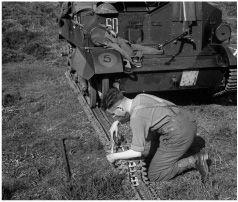
A British soldier fixing the tracks on a Bren gun carrier, a job I did many times in the desert.

Italian prisoners resting after a long march are guarded by a Bren gun carrier in the Western Desert, December 1940.
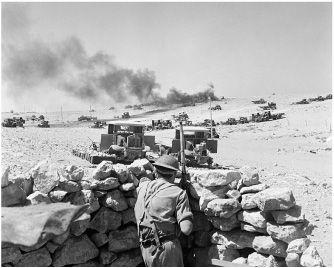
A Bren gunner in action around Tobruk, late 1941.
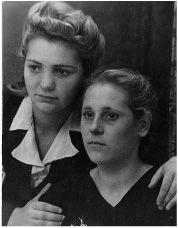
A Ukrainian woman called Paulina (left) and an unknown friend. She worked in the offices of one of the German engineers at the IG Farben site and tipped off the POWs when shipments of materials were expected so we could plan sabotage. I carried the photo home inside my uniform.
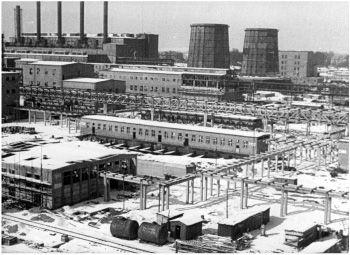
A corner of the sprawling IG Farben site showing the building we POWs called the Queen Mary because of its chimneys. The site contained many separate construction sites and miles of pipework on overhead gantries.
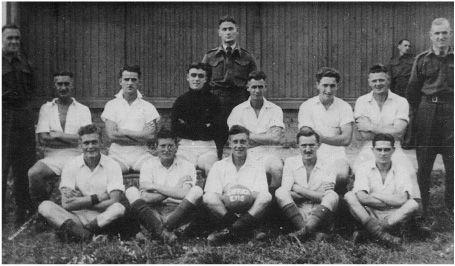
The South Africa football team at E715. I am on the left of the front row. I have always suspected the photographs were a propaganda ploy by the Wehrmacht to distinguish their handling of the POWs from the SS treatment of the Jews.

Prisoners marching from the direction of Buna-Monowitz (Auschwitz III) towards IG Farben, a journey I made twice. The striped uniforms of the concentration camp prisoners can be seen towards the back of the column. The SS barracks are visible in the distance and the legs of a watchtower and a small earth covered bomb shelter for the Postens are in the foreground. The entrance to Auschwitz III is hidden behind the watchtower.
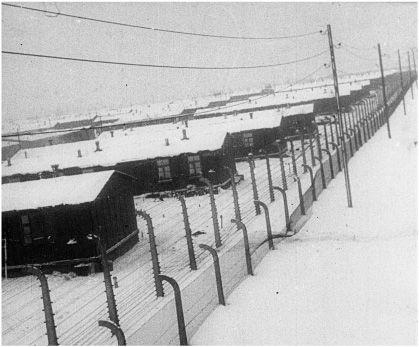
Huts believed to be part of Auschwitz III in the snow.
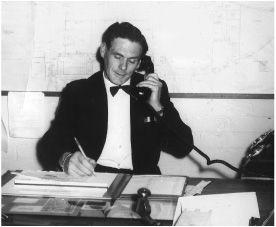
At my desk as Chief Engineer of UMP in the 1960s. I had a successful business career but it was years before my nightmares about Auschwitz III eased.
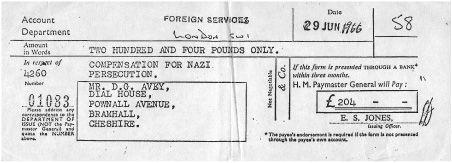
The receipt for compensation offered by the British Government for my time spent as a POW. I thought it was an insult.
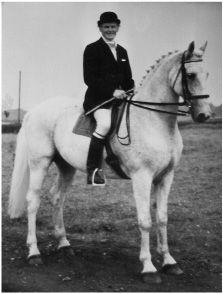
Riding Ryedale after a dressage competition, part of a three day event.
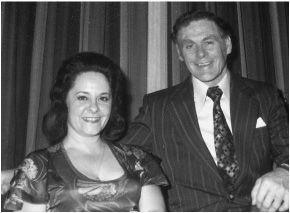
Audrey and I enjoying an evening together.

Susanne and Ernst Lobethal as children in pre-war Breslau.

Ernst as a young man. He changed his name to Ernie Lobet on reaching America. I was shocked to learn that, having survived Auschwitz Ernie was drafted to fight in the Korean War.

Meeting Ernie’s sister Susanne again after sixty-four years. When we first met in 1945 I was a deeply traumatised soldier unable to bring her any comfort about the fate of her brother.
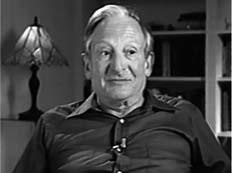
Ernie (Ernst) Lobet, taken from his remarkable video testimony for the Shoah Foundation. This was how I first heard his story.
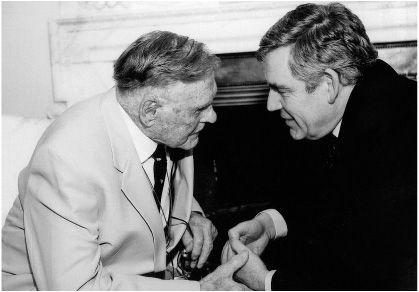
Head to head with prime minister Gordon Brown at 10 Downing Street on 22 January 2010 when I was presented with a medal as one of twenty-seven British Heroes of the Holocaust. All but two of us received the award posthumously.
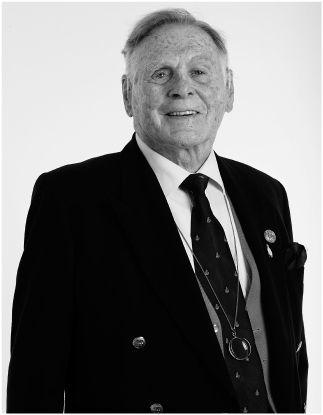
September 2010: now I can talk about those terrible times, I feel as if a load is slowly lifting.